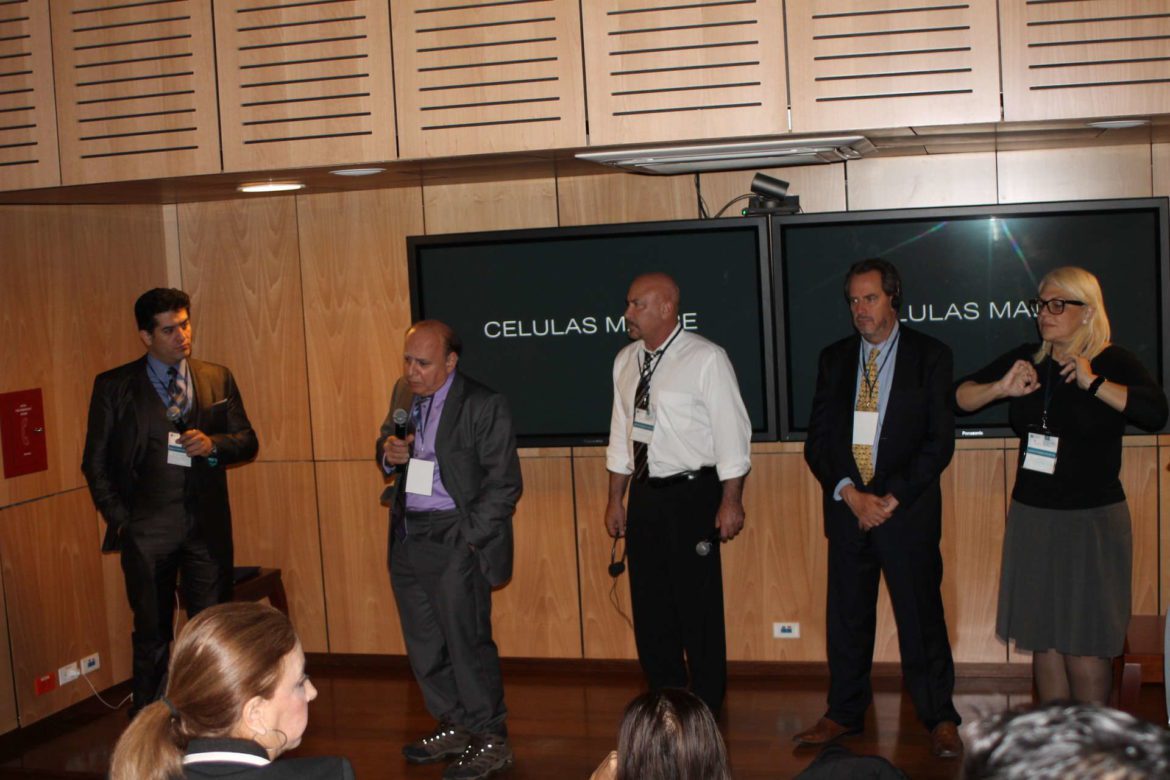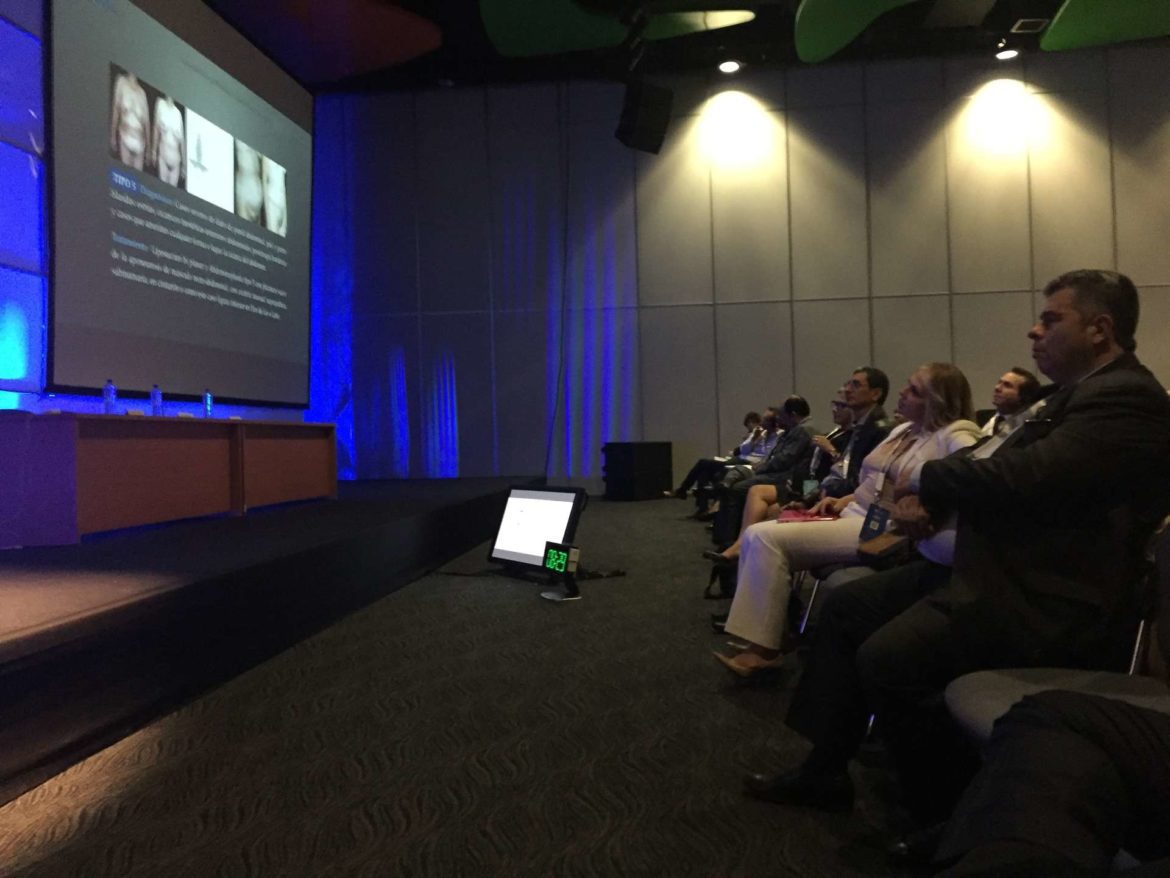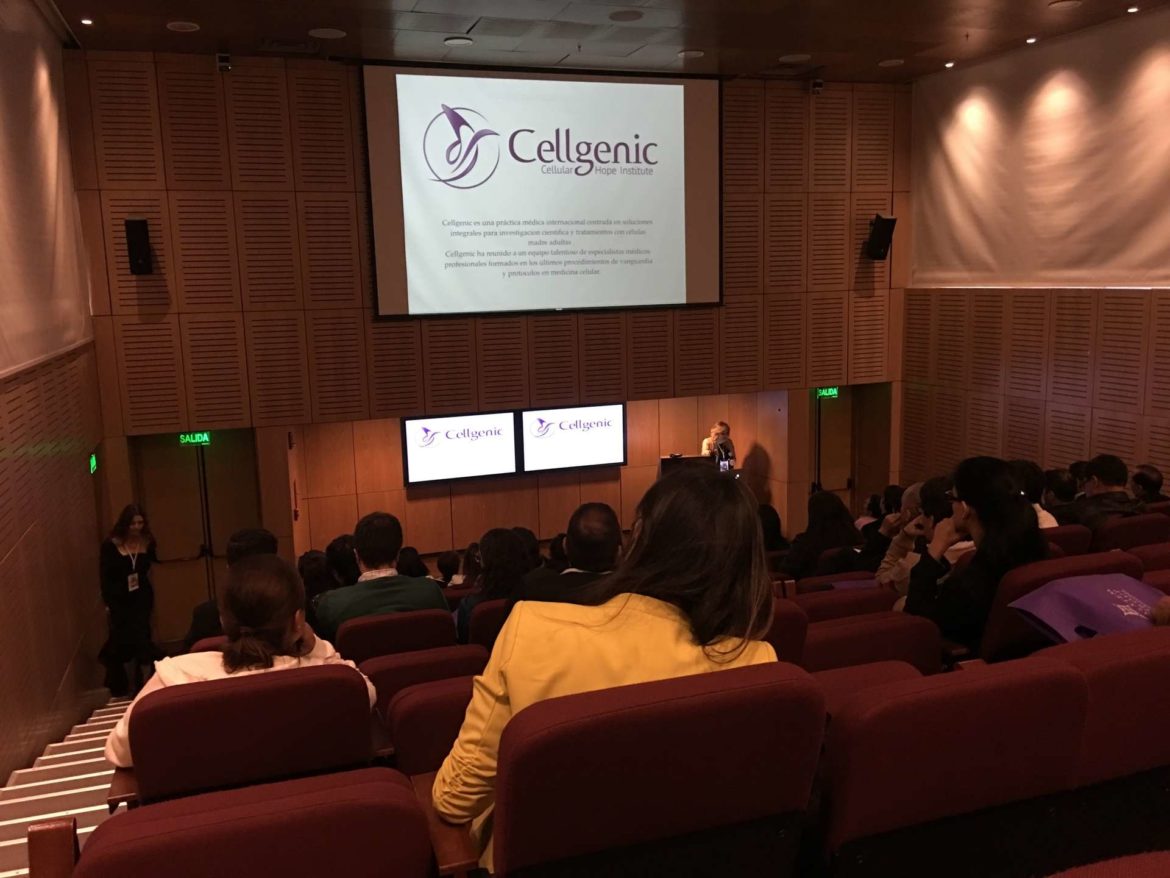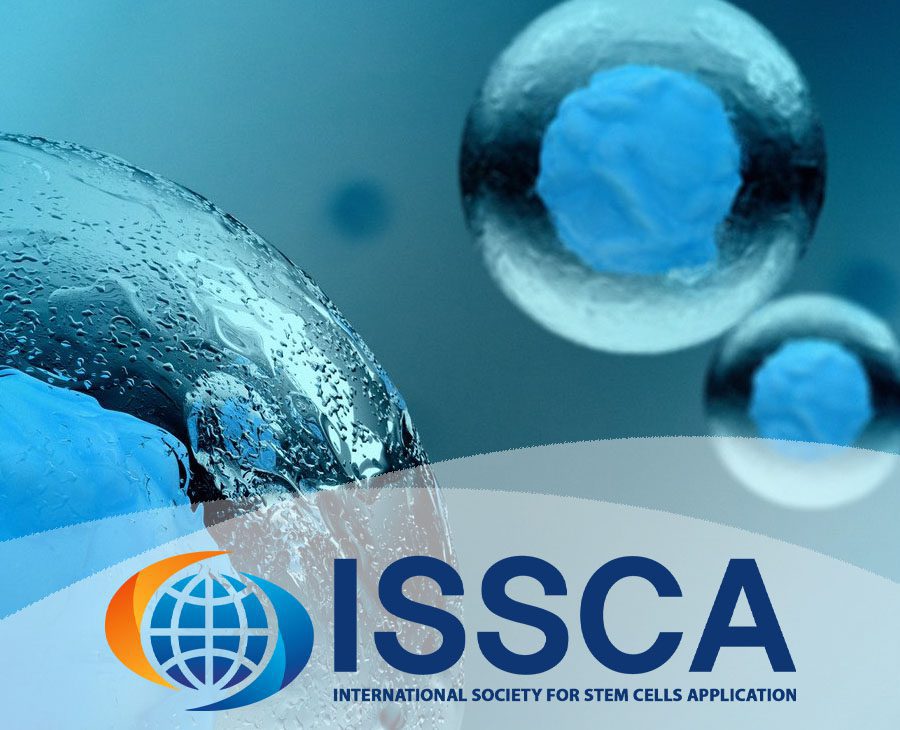
NATIONAL SYMPOSIUM OF STEM CELLS 2015
Symposium participants received a comprehensive review of cellular medicine, review current techniques, and learn various applications and protocols for delivering stem cell treatments to patients that address a range of health and aesthetic indications.
The field of regenerative medicine is expanding at an exponential rate. The number of clinical trials employing adult stem cells is now in the thousands.
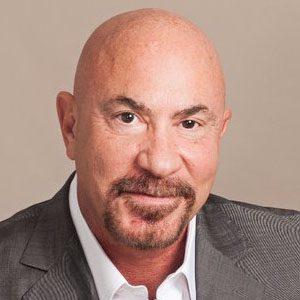
Dr. Charles F. Mahl, M.D.
DOCTOR
08:00 - 09:00
Regenerative Medicine for Degenerative Diseases.
The field of regenerative medicine with an emphasis on stem cell therapies is rapidly growing, and with it grows the promise of curing everything from acute injuries to chronic diseases. The list of indications is continuously expanding as new studies demonstrating the safety and efficacy of stem cell therapies are published at a brisk pace.
Regenerative medicine involves replacing or regenerating human cells, tissues or organs to establish or restore normal functions. Based on scientifically proven findings that damaged tissue can be restored by the body’s own healing mechanisms programmed to promote repair, this new branch of medicine could soon change our outlook on chronic disease and standard clinical therapies.
However, as with all new therapies, regenerative medicine must be approached cautiously and with proven scientific data to support new treatments. In this session, stem call-based regenerative medicine expert discusses the application of stem cell therapies in treating degenerative disease, and the challenges researchers and practitioners face bringing these products to market.
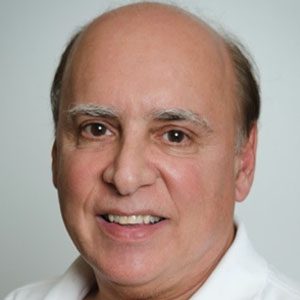
Dr. Joseph Purita
DOCTOR
09:00 - 10:00
BONE NATURE AND BLOOD NURTURE: SAME STROMA?
Contrasting the relatively well known hierarchy and roles of haematopoietic cells in the bone marrow, lineage and functional relationships among non-hematopoietic cells have remained elusive, despite the large interest raised by their haematopoietic and immune regulatory properties. Among other cell types, endothelial cells, neuroglial cells, mesenchymal progenitors and osteochondral cells have been proposed as key elements of the haematopoietic stem cell (HSC) niche in the bone marrow.
However, the developmental and functional relationships of these cells have remained poorly characterised. Technological developments have allowed start dissecting them but have also evidenced limitations that need to be overcome in order to advance the field.
We previously showed that bone marrow nestin+ cells innervated by sympathetic nerve fibers regulate normal haematopoietic stem cells. Our recent data has demonstrated that this circuitry is critically damaged in myeloproliferative neoplasms, diseases that were previously thought autonomously driven by mutated haematopoietic stem cells. We will discuss origins and functions of bone marrow mesenchymal stem cells (MSCs) and the potential therapeutic implications.

Dr. Carlos Guerrero Silva
DOCTOR
10:00 - 11:00
MESENCHYMAL STEM CELL TRANSPLANTATION TO TREAT MULTIPLE SCLEROSIS
Mesenchymal stem cells (MSCs) have potent immunomodulatory, tissue-protective, and repair-promoting properties in vitro and in animal models. Clinical trials support the safety and efficacy of MSC transplantation in several human conditions. Published experience in multiple sclerosis (MS) is modest.
We recently completed a phase 1 study of autologous MSC transplantation in MS. 1-2×106 culture-expanded, bone-marrow-derived MSCs/kg were administered IV to 16 women and 8 men, 10 relapsing-remitting and 14 secondary progressive, mean age 46.5 and EDSS 5.2, and 25% with Gd-enhancing brain lesions. Mean cell dosage (requiring 1-3 passages) was 1.9×106 MSCs/ kg (range 1.3-2.0) with post-thaw viability >95%. Cell infusion was well tolerated. There were no treatment-related severe or serious adverse events, or indication of disease activation.
Trend analysis using splines suggested benefit in a number of exploratory clinical, imaging, and laboratory assessments, which will help guide planned phase 2 testing.
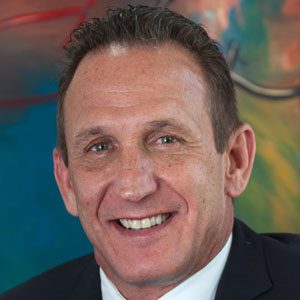
Dr. Paul Perito
DOCTOR
11:00 - 12:00
M.D.Determining the Feasibility of Using Stem Cells to Treat Erectile Dysfunction in Humans
Stem cell therapy is thought to improve wound healing and promote vasculogenesis. Erectile Dysfunction (ED) is largely from microvascular disease such as diabetes and hypertension.
This presentation seeks to evaluate the feasibility and effects of intracavernosal injection of Placental Matrix derived Mesenchymal Stem Cells (PM-MSCs) for the treatment of ED.
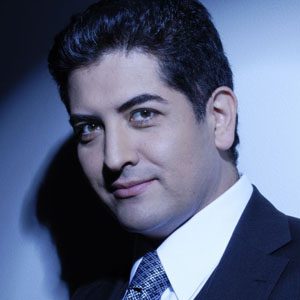
Dr. Alfredo Hoyos
Plastic Surgeon
12:00 - 13:00
Cryolipolysis for noninvasive body contouring: clinical efficacy and patient satisfaction
In recent years, a number of modalities have become available for the noninvasive reduction of adipose tissue, including cryolipolysis, radiofrequency, low-level laser, and high-intensity focused ultrasound. Each technology employs a different mechanism of action to cause apoptosis or necrosis of the targeted adipocytes.
Among these technologies, cryolipolysis has not only been commercially available for the longest time, but has also been best researched including in vitro and animal models and randomized controlled clinical trials in humans.
The principle behind cryolipolysis exploits the premise that adipocytes are more susceptible to cooling than other skin cells. The precise application of cold temperatures triggers apoptosis of the adipocytes, which invokes an inflammatory response and leads to slow digestion by surrounding macrophages.
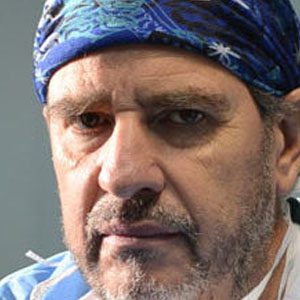
Dr. Enrique Testart
DOCTOR
13:00 - 14:00
USE OF MSC TO ENGINEER DEVELOPMENTAL PROCESSES FOR REGENERATIVE MEDICINE
Following the exemplifying context of cartilage and bone regeneration, this lecture will describe and discuss alternative approaches to evolve classical tissue engineering paradigms towards possibly more effective grafts, with the potential for a broader clinical use.
The lecture will then propose and discuss the concept of engineering regenerative strategies by recapitulating developmental processes, exploiting the own body as the in vivo bioreactor. Rather than engineering a tissue, the strategy targets the use of cells (e.g., MSC) to engineer the different stages of a process which recapitulate events of development (e.g., endochondral ossification).
The product will be a tissue containing all necessary and sufficient cues to remodel into the target repair tissue upon grafting.
The perspective will also address issues related to scalability, process control and regulatory compliance in manufacturing cell-based products and highlight the need not only to automate, but also to streamline and simplify typical production processes.


